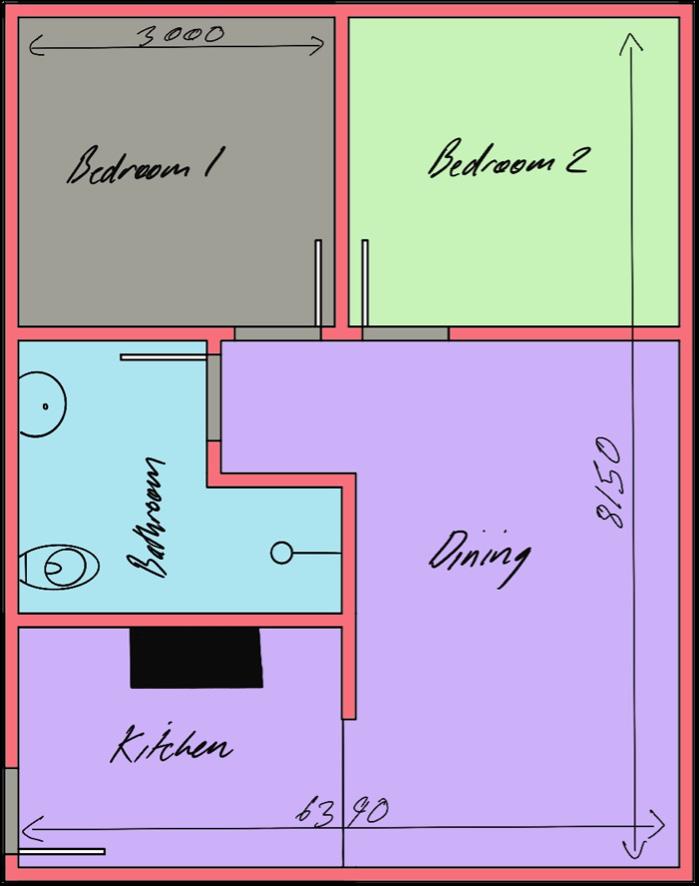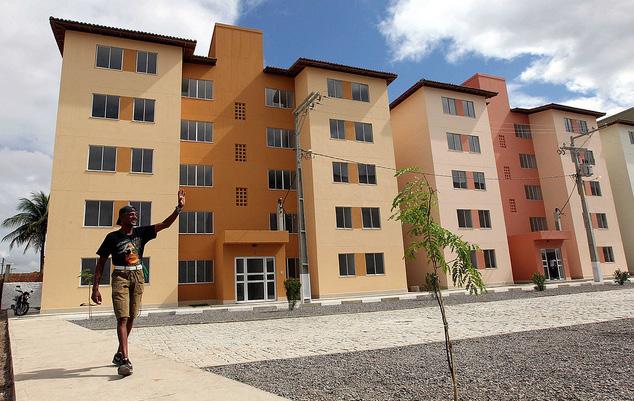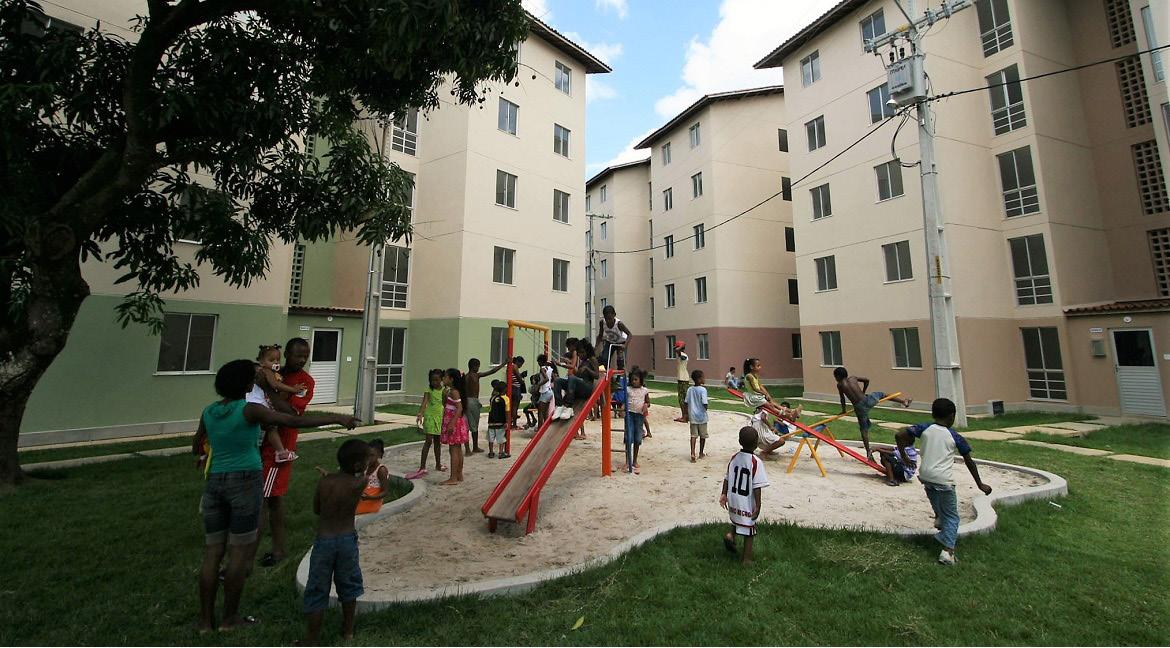
1 minute read
MCMV PROJECT
Social Housing and Its Pathological Manifestations
As a result of overcrowded centralised town locations, the main aims for the MCMV project were to; build new housing, targeting those who lived in the favellas to provide more spacious accommodation and to provide services that are not always available in the favelas, clean water, sewerage and mains electricity. With new policies, the state enabled residents the option of moving out of the favelas willingly, unlike old where their homes were tourn from them.
Advertisement
As an initiative of the federal government, the housing projects of social interests are focused on social inclusion. Over the course of the project more than 1.3 million jobs were generated, boosting social morale and economic state between communities. However, lack of qualifications throughout the workforce impacted the life expectancy of the buildings. After realisation of this problem the government put a program in place, post occupancy evaluation (POE). Thus, assessing the ‘positive and negative factors of the series of techniques used’ within each build. COHABMINAS, an agency that assesses the standardisation of the building and where it can be improved, collects statistics of imperfections per household, along with questionnaires to have an insight to the living conditions of the build. “Often built on large plots of low economic value and low construction quality”. The topography of the land was harsh towards an unqualified work force. This ensuring the durability of each build started with a disadvantage. Also, site location is built away from social infrastructure, health services, schools, trades and transport. Due to long distances from central urban areas, this stretches the small wages accumulated by family’s which increases the probability of debt, leading to desperation, such as crime. The centrality of the house is key of site intervention. The notion of articulation frames the centrality of infrastructures as a key material domain for social transformation.


The POE program has enabled the right for self-government with sufficient help from its state. Assessing ways of methods used so that improvements can be made. Urban infrastructure has been made available to the habitants living within the outskirts of Piumhi, Brazil. Clean water, sewage systems and mains electricity have been installed in areas in which it had no such utilities before.










